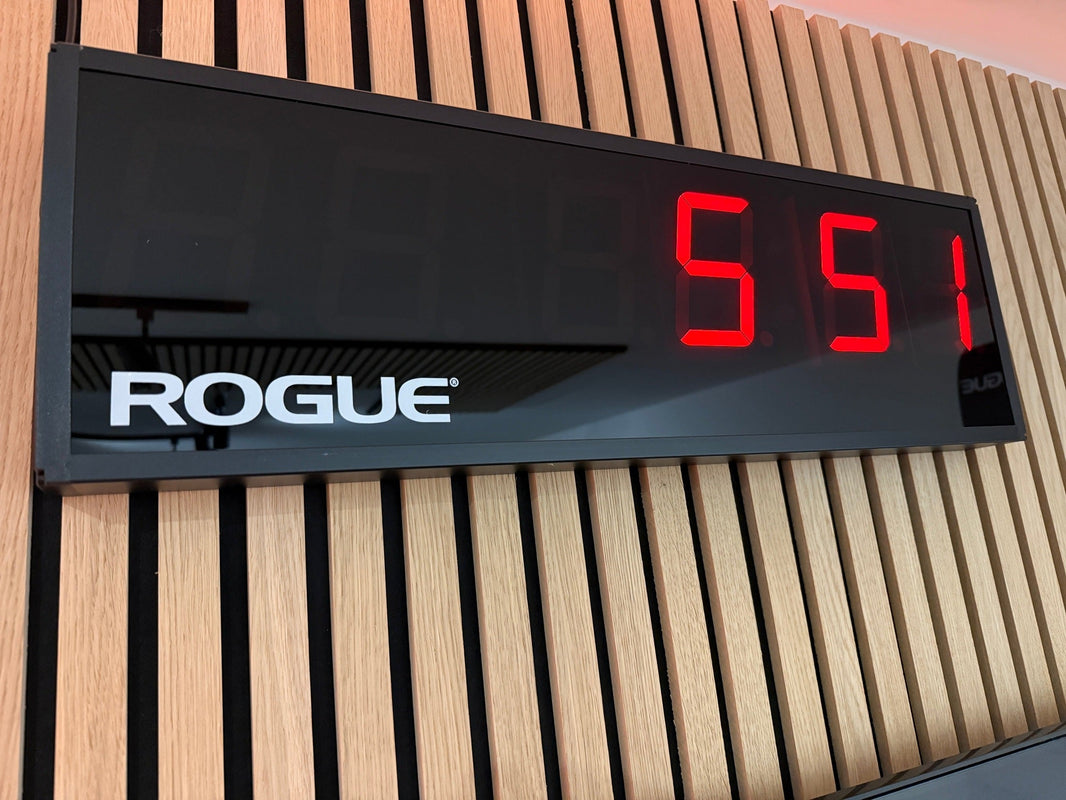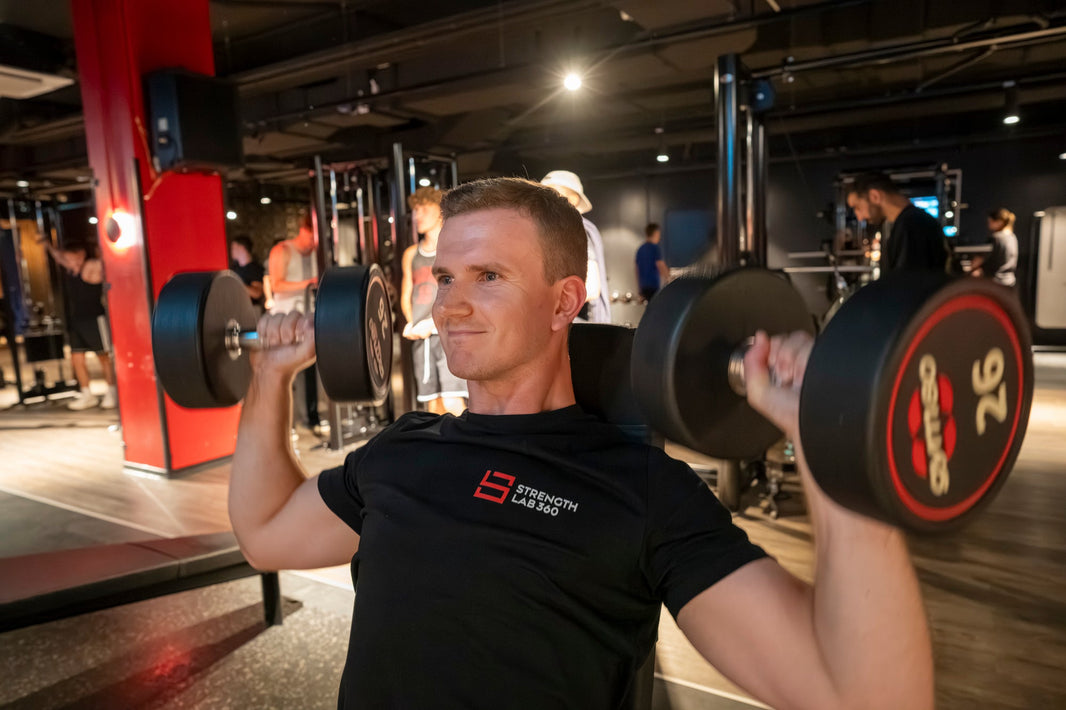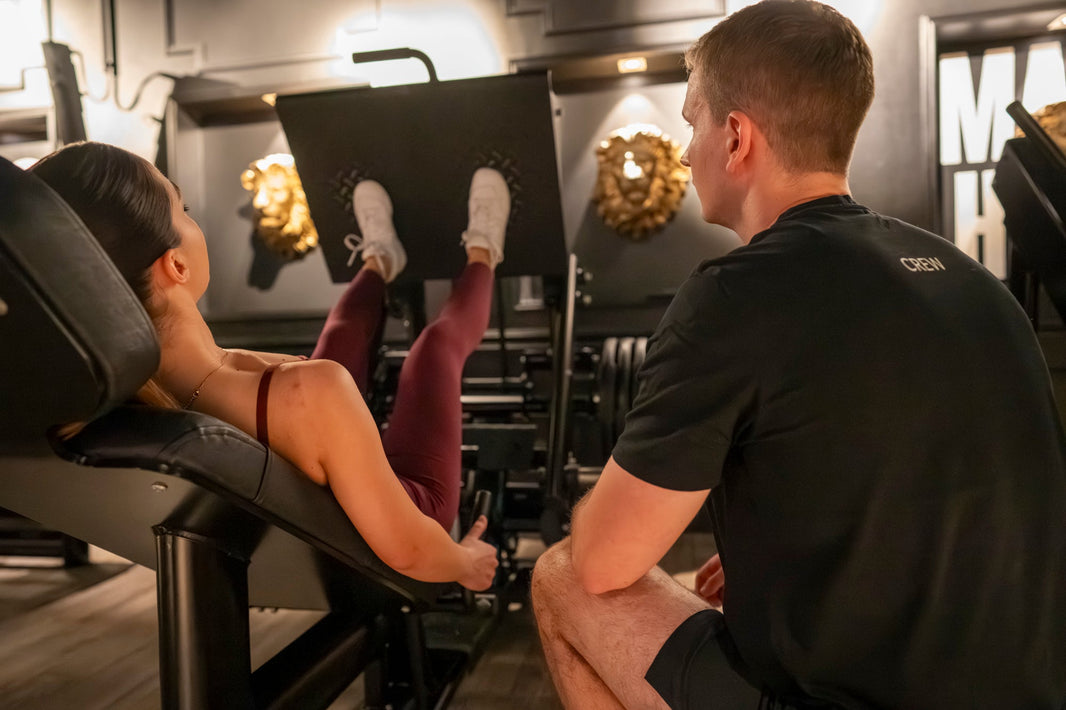Unlocking Muscle Growth with the Minimum Effective Dose: Your Shortcut to Strength and Hypertrophy
In today’s fast-paced world, time-efficient training isn’t just a luxury—it’s a necessity. That’s where the concept of the minimum effective dose of resistance training becomes highly relevant. Rather than a distinct training approach, the minimum effective dose represents a threshold—the lowest volume of training stimulus required to induce meaningful gains in muscle size and strength. Below this threshold, results are significantly diminished. Understanding and applying this threshold effectively allows you to design workouts that are both efficient and impactful.
Whether you're a beginner, an athlete returning from injury, or a professional juggling a packed schedule, recognizing the minimum effective training dose required can help you cut through the noise. With a focus on efficiency, evidence, and sustainability, this post dives deep into how little you can do—and still make meaningful progress in strength and hypertrophy.
What Is the Minimum Effective Dose for Hypertrophy and Strength gain?
The minimum effective dose refers to the least amount of resistance training stimulus needed to generate measurable improvements in muscle hypertrophy or strength gain. It’s not about cutting corners—it’s about applying scientific precision to your workouts.
Recent literature, including a 2022 systematic review and meta-analysis, underscores the power of doing just enough to drive adaptation. Instead of grinding through high volume routines, you identify the effective dose for hypertrophy and strength that works for you, then repeat it consistently. This idea supports smarter programming and reduces training fatigue, especially in those with limited time or recovery capacity.
Can You Really Get Stronger with Less?
Absolutely. Research has shown that strength can improve significantly even with minimal training volume, provided effort remains high. In fact, one of the most compelling findings from Fyfe, Hamilton, and Daly (2022) is that 1–2 sets per exercise, performed 2–3 times per week, can substantially increase 1RM strength, especially in untrained or returning individuals.
The key is effort. Fewer sets demand greater focus, intensity, and technique. If you’re not training close to failure—RPE 7-9—the minimum effective dose for strength likely won’t work. But when applied with discipline, it offers an efficient route to strength improvements without the wear and tear of traditional programs.
How Many Sets Per Muscle Group Are Enough?
A frequently debated topic in the strength and conditioning world is how many sets per muscle group are required to make gains. The general consensus from current data is that 4 sets per muscle group per week can maintain strength, while 6–10 hard sets may be enough for promoting muscle hypertrophy and strength simultaneously.
This doesn’t mean doing 10 sets in one session. Spreading weekly sets per muscle group over multiple sessions ensures optimal recovery. For instance, hitting each muscle group using a 6–15 rep range with around four sets per muscle group twice a week balances volume and frequency for hypertrophy.
The Role of Training Frequency
Training frequency plays a crucial role in how effectively you distribute your sets per muscle group per week. Instead of doing all your sets in a single day, split sessions allow you to target muscles 2–3 times per week, giving each group more opportunities to adapt while reducing fatigue.
Evidence suggests that training a muscle twice per week is superior to once per week for both hypertrophy and strength. For time-crunched individuals, even training 2 days per week with a full-body plan can provide enough stimulus to achieve the minimum effective dose for muscle or strength maintenance.
Why Muscle Growth Doesn’t Always Require High Volume
One of the biggest misconceptions in fitness is that you need endless sets to achieve muscle gain. While higher training volumes can be effective for advanced athletes, they’re not required for everyone. In fact, for many, the minimum effective dose for hypertrophy—especially when combined with progressive overload—is far more manageable.
Incorporating compound lifts like squats, deadlifts, presses, and rows ensures that you train multiple muscle groups at once. That means a single set can do the work of several isolation movements. By focusing on training variables such as intensity, tempo, and range of motion, you can maximize adaptation with fewer total sets.
The Case for Training to Failure (Sometimes)
When you're using fewer sets, intensity becomes non-negotiable. That’s why training to failure, or at least very close to it, is often emphasized in minimal-dose programs. The deeper you push into muscular fatigue, the more motor units you recruit—and the more likely you are to stimulate growth and increasing strength.
That said, going to absolute failure every time may not be sustainable. A smart alternative involves leaving 1–2 reps in reserve for most sets, and incorporating myo reps or rest-pause techniques once or twice per week. This approach provides the needed stimulus without excessive burnout.
Research on Dose Required to Increase 1RM Strength
Scientific data backs up these strategies. A systematic review and meta-analysis of resistance training protocols revealed that the dose required to increase 1RM in both novice and experienced lifters can be surprisingly low. The findings showed that just two sessions per week, each including 1–2 sets per exercise, was enough to produce gains in 1RM strength in resistance-trained men.
These results reinforce the idea that the minimum effective dose for strength isn’t a compromise—it’s a streamlined method based on physiology and practical application.
Who Should Use the Minimum Effective Dose?
This strategy isn’t just for beginners, though they stand to benefit the most. Anyone short on time, recovering from injury, or seeking maintenance can benefit from a minimum effective approach.
The groups who typically benefit include:
-
Beginners building a habit without burnout
-
Busy professionals aiming to stay strong with limited training time
-
Older adults needing joint-friendly and efficient programs
-
Injured or rehab populations scaling back intensity while staying active
Even athletes can use minimum effective training dose required tactics during deloads or off-seasons to preserve gains without overtraining.
Building an Effective Minimum-Dose Training Program
Designing a program around the minimum effective dose doesn’t mean abandoning structure—it means refining it. The goal is to align your training goals with the most efficient tactics.
A minimalist full-body routine might look like:
-
2–3 sessions per week, 30–45 minutes each
-
4–6 compound lifts per workout, each performed for 1–2 sets
-
Moderate-to-heavy loads (around 70–85% of 1RM)
-
Optional use of drop set or rest-pause methods for added intensity
-
Ensuring all major muscle groups are trained over the week
Focus on the quality of each rep. This isn’t about rushing through the motions. High-effort, focused execution allows you to get the most from your sets per exercise while staying within your time and recovery limits.
If hypertrophy is your priority, target ≥ 4 weekly sets per muscle group and use slightly lighter weights with a higher rep range (8–15). For strength improvements, use lower reps (3–8) with heavier loads and longer rest intervals.
Making It Sustainable
One of the best parts of this method is that it's easy to stick to. When you're not overwhelmed by volume training or excessive planning, consistency becomes more attainable. And consistency, as every coach or athlete knows, trumps perfection.
For those new to the method, start small. Use one set a week per movement pattern and increase only if progress stalls. Remember: your body responds to progressive overload, not just fatigue. Small, consistent improvements lead to lasting gains.
Summary: What You Need to Know
-
The minimum effective dose delivers real results with far less time and volume than traditional plans.
-
Just 1–2 sets per exercise, 2–3 times per week, can boost strength and hypertrophy.
-
Aim for 4–6 hard sets per muscle group per week to maintain or grow.
-
Use compound lifts to target different muscle groups in one go.
-
Train with intensity—go close to failure or use drop set techniques occasionally.
-
Even one well-executed set per week can stimulate gains in some populations.
-
Perfect for busy individuals, older adults, beginners, and rehab scenarios.
-
Backed by a growing body of evidence, including systematic review and meta-analysis findings.
-
Sustainable, smart programming beats mindless volume.
-
Focus on what’s required to increase 1RM strength, not just what’s traditional.







